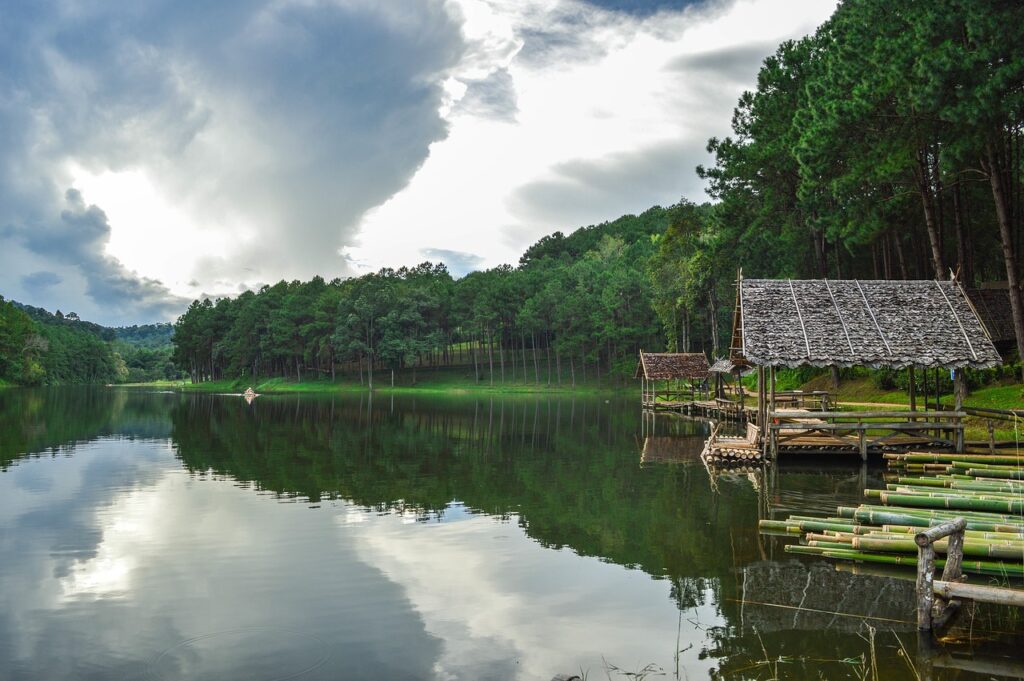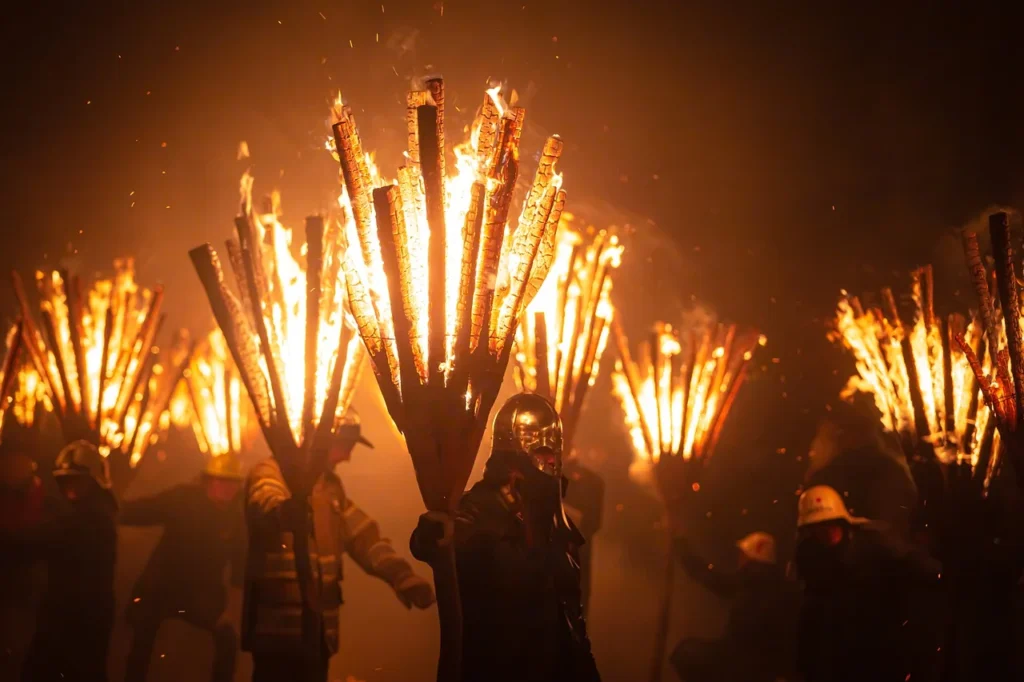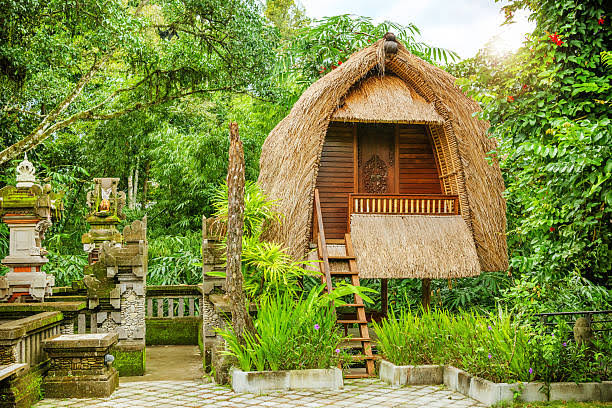
A plant that grows faster than trees, absorbs more carbon dioxide, and can replace plastic, wood, and even fabric—all while being 100% biodegradable. Sounds too good? Meet Bamboo, nature’s ultimate sustainable resource. But can it really revolutionize the way we live? Let’s find out!
Bamboo is a fast-growing, versatile plant belonging to the grass family Poaceae. Its botanical name is Bambusa vulgaris. Its origin is the word Bamboo, it is Dutch, Denmark, Portugal and probably its history goes back even before that, from Malay Island. Assam is the biggest producer of bamboo in India.

It requires a lot of water but one big advantage of bamboo is that it is dense and it expands very quickly. Its canopies are very good. Canopy means spread. It keeps the water holding and where the land is slippery, where there is a slop of the hill, it keep soil too holding to it rather than slipping of soil on slop. If you think that you start uprooting it, then you do need two days to uproot it manually. If you bring the Earth Remover to JCB, then it is different, but if you want to do manually, you will take at least one to two days with help of laborers.
Known for its strength, sustainability, and eco-friendliness, bamboo is used in construction, furniture, paper, and even clothing. It plays a crucial role in reducing carbon dioxide and preventing soil erosion, making it an essential resource for a greener planet.
Here are some facts of bamboo that may surprise you…
Fire resistant

We all know about bamboo that it is a grass, but do you know that it is also fire resistant? Due to high silica content, bamboo can withstand temperatures up to 400 degrees. It can burn but relatively slower than wood. Green fresh bamboo contain high amount of moisture. Compressing bamboo significantly increase density which also make to become fire resistant property. That’s why most utensils are made up of bamboo, and are also 100 % organic certified.
The fun fact is that although bamboo does not burn easily, it creates a popping sound when it comes in contact with fire. Due to which the first crackers that were made in China were made from bamboo.
Today scientist and engineers are also developing bamboo more fire resistant. They are laminating with resin, and also developed a transparent bamboo material which is fire-resistant, water-repellent, and smoke-suppressing.
Regeneration power
Not only animal has regeneration superpower, plant have also taken a lead in it. Bamboo can grow again from its base so we can say it is also a renewable resources. This is because of rhizomes present in lower part of bamboo which produce bamboo shoots. Make sure you harvest only bamboo of upper side without disturbing soil and roots.
Air purifier
Bamboo material is known for its growth and versatility but it can also cool the air up to 8°. Not only this, it also purifies the air. It absorb carbon dioxide and generate pure oxygen. This process create more oxygen, around 35% compare to other plant. Bamboo also remove toxin chemical from atmosphere like benzene, trichloroethylene and formaldehyde.
It is the most suitable plant for soil conservation too and indirectly conserve our ecosystem.

There are many construction are ongoing in all over India and foreign countries to build Bamboo House. Bamboo house is one of the best place to live, as it will be fire resistant, air purifier, cooler, traditional look, cheap and calm feeling. Even you can sleep on bamboo as it is hypoallergenic, antimicrobial and antibacterial.
Why bamboo are grown near river, pond or lakes?
there are major two reasons for this….
1st as bamboo roots are very dense they have good grip to hold soil from erosion.
2nd reason is that bamboo need lot of water so that they are near water bodies.

Leave a Reply